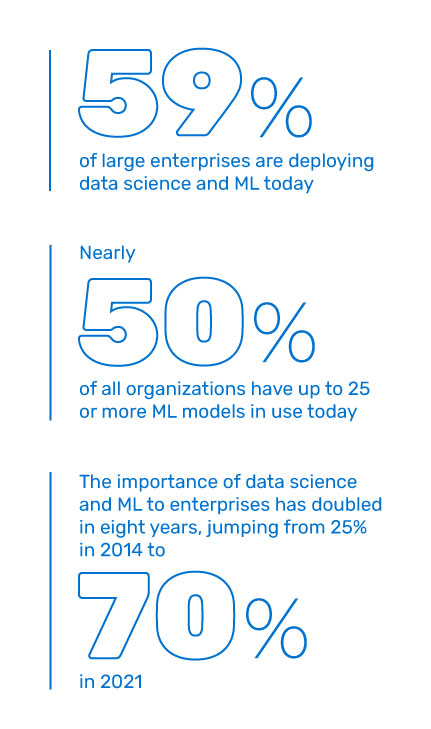
What Is Machine Learning?
References to machine learning (ML) pop up in many contexts, often in connection with artificial intelligence (AI). What’s the difference between ML and AI? IBM data scientists have been developing Watson for many years, and they know a thing or two about both ML and AI. Here are the IBM definitions:
- "ML is a branch of AI and computer science which focuses on the use of data and algorithms to imitate the way that humans learn, gradually improving its accuracy.
- AI leverages computers and machines to mimic the problem-solving and decision-making capabilities of the human mind…it is the science and engineering of making intelligent machines…”
Ready or not, we should expect both ML and AI to become a larger part of our lives.

Machine Learning Is Part of Everyday Life
The terms AI and ML are often used interchangeably, but ML focuses more on training machines to learn on their own. If you search on “components of machine learning” or “machine learning models,” you’ll see many different answers. Fundamentally, an ML model looks at and learns from big data sources, variables and algorithms. Data can encompass structured and unstructured data – text, images, voice and so on. Variables are the items to be studied – histories of retail purchases, for example. An algorithm is a sequence of steps and instructions that a computer follows to calculate something, solve a problem or complete a task.
A main goal of ML projects is to enable tasks to be automated, relieving humans of repetitive or time-consuming activities. ML is behind services such as business decision support, market research, dynamic retail pricing, automated banking, chatbots, virtual assistants and predictions. Cybersecurity companies, for example, rely on ML to help them predict which threats are more or less likely to lead to a security incident. In this use case, ML speeds up threat detection, prioritization and response.
The Language of Machine Learning
Like many technologies, ML has its own jargon. The following terms are a starting point – glossaries can run to 100 terms or more:
- Bias – Bias takes many forms. One is automation bias, which happens when a person favors recommendations made by an automated system compared to information received from a non-automated source. Another is machine learning bias or algorithm bias, which occurs when an algorithm produces prejudiced results due to flawed assumptions (humans write algorithms).
- Deep learning – A technique in which an algorithm is built to mimic the way a human brain works. Deep learning networks can interpret structured or unstructured big data and identify patterns. Your mobile phone’s virtual assistant is an example of deep learning.
- Natural language processing (NLP) – NLP focuses on how to program computers to understand text and spoken words.
- Natural language understanding (NLU) – This capability determines a person’s intentions based on speech or text. Search engines, for example, use NLU to produce results.
- Sentiment analysis – Sometimes called opinion mining, sentiment analysis examines data to determine whether the attitude is positive, negative or neutral. For example, organizations can analyze customer comments on social media or in chat transcripts to monitor brand perception.
- Sequence model – This model analyzes a sequence of something. For example, a video streaming company uses ML to recommend programs based on what you’ve watched.
How Prevalent Is the Use of Machine Learning?
According to research presented in a Software Strategies blog, enterprises are rapidly adopting ML:
- 59% of large enterprises are deploying data science and ML today
- Nearly 50% of all organizations have up to 25 or more ML models in use today
- The importance of data science and ML to enterprises has doubled in eight years, jumping from 25% in 2014 to 70% in 2021
Data centers, whether on-premises or colocation, can use ML in areas such as architecture/design, power/cooling management and robotic inspection. Some colocation data centers offer customers the ability to interconnect with a variety of businesses that use AI/ML, often supported through AI inference zones that enable real-time AI performance.
Ready to dive more deeply into ML? Check out glossaries at Predictive Analytics World and Google. And, read Artificial Intelligence: The Types, Value and Applications, a blog focused on AI-driven learning at the data center, cloud and edge.










